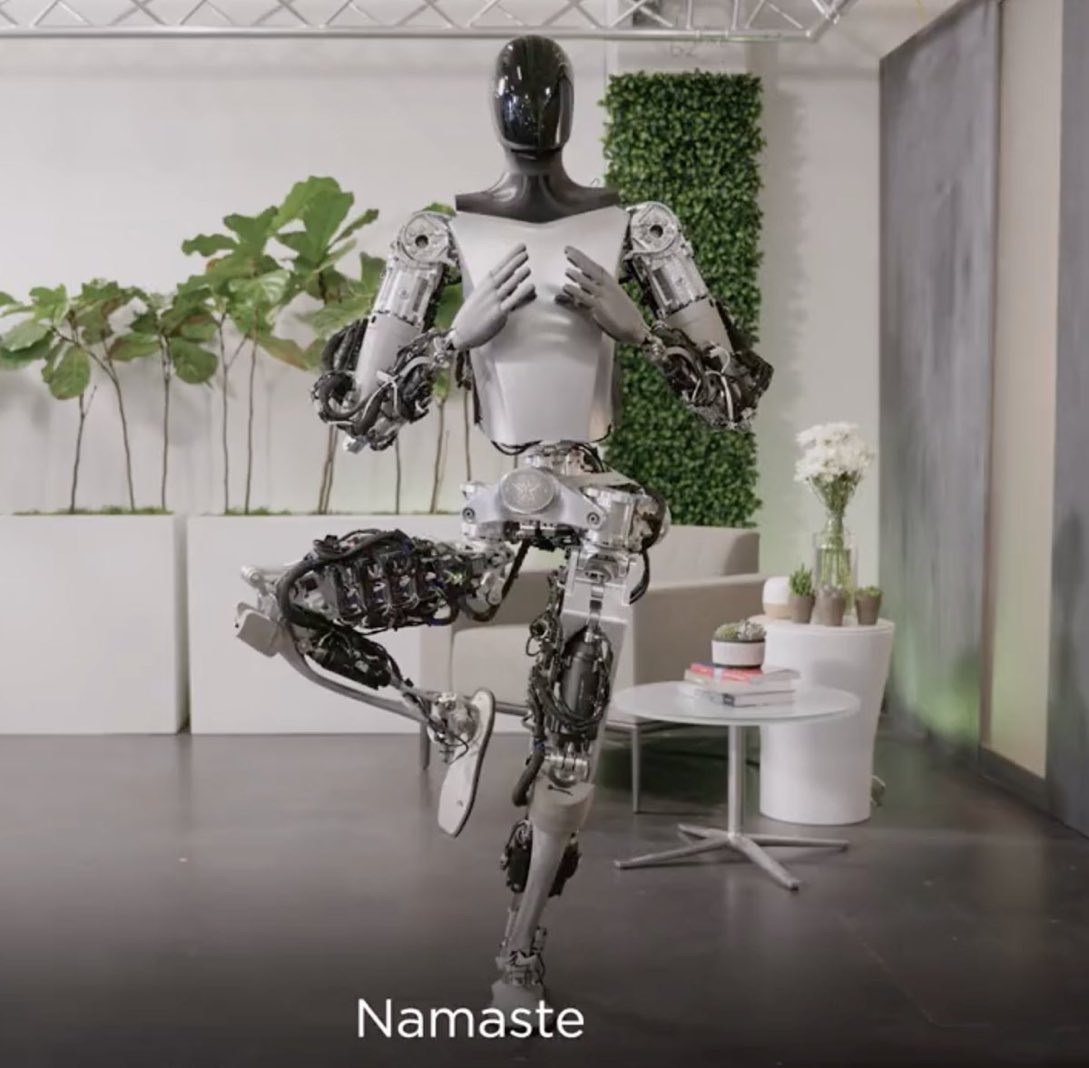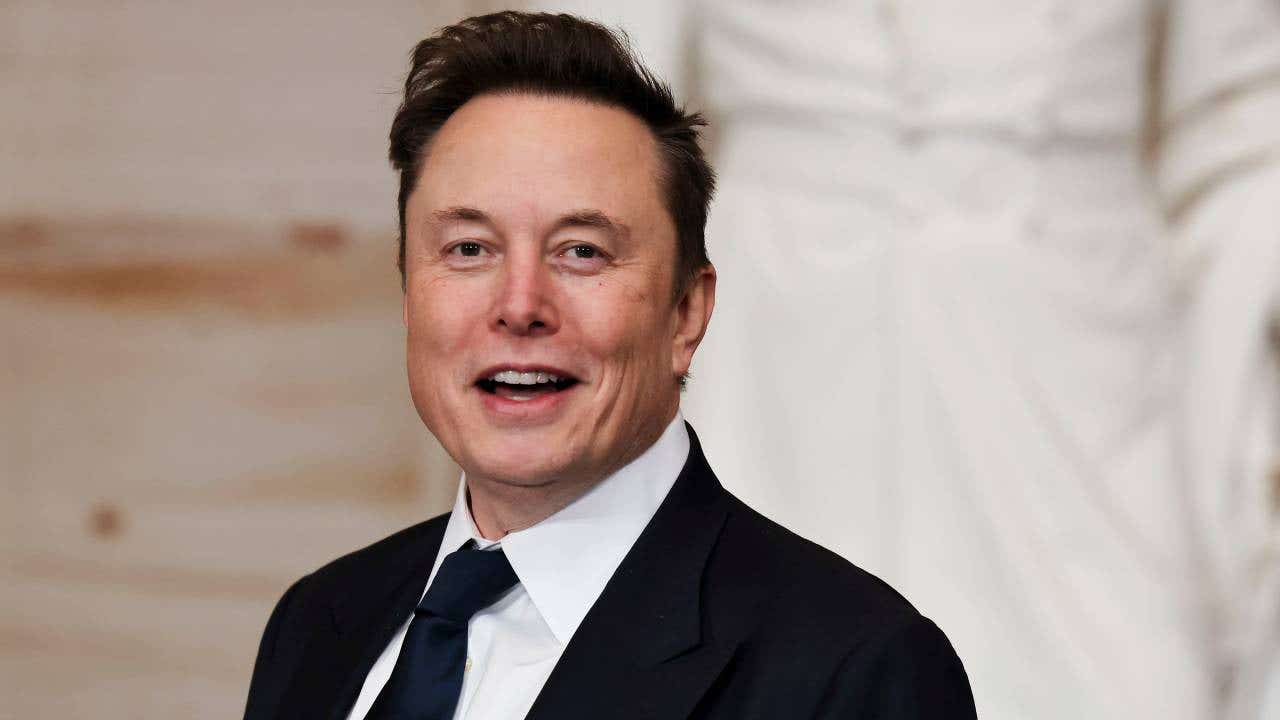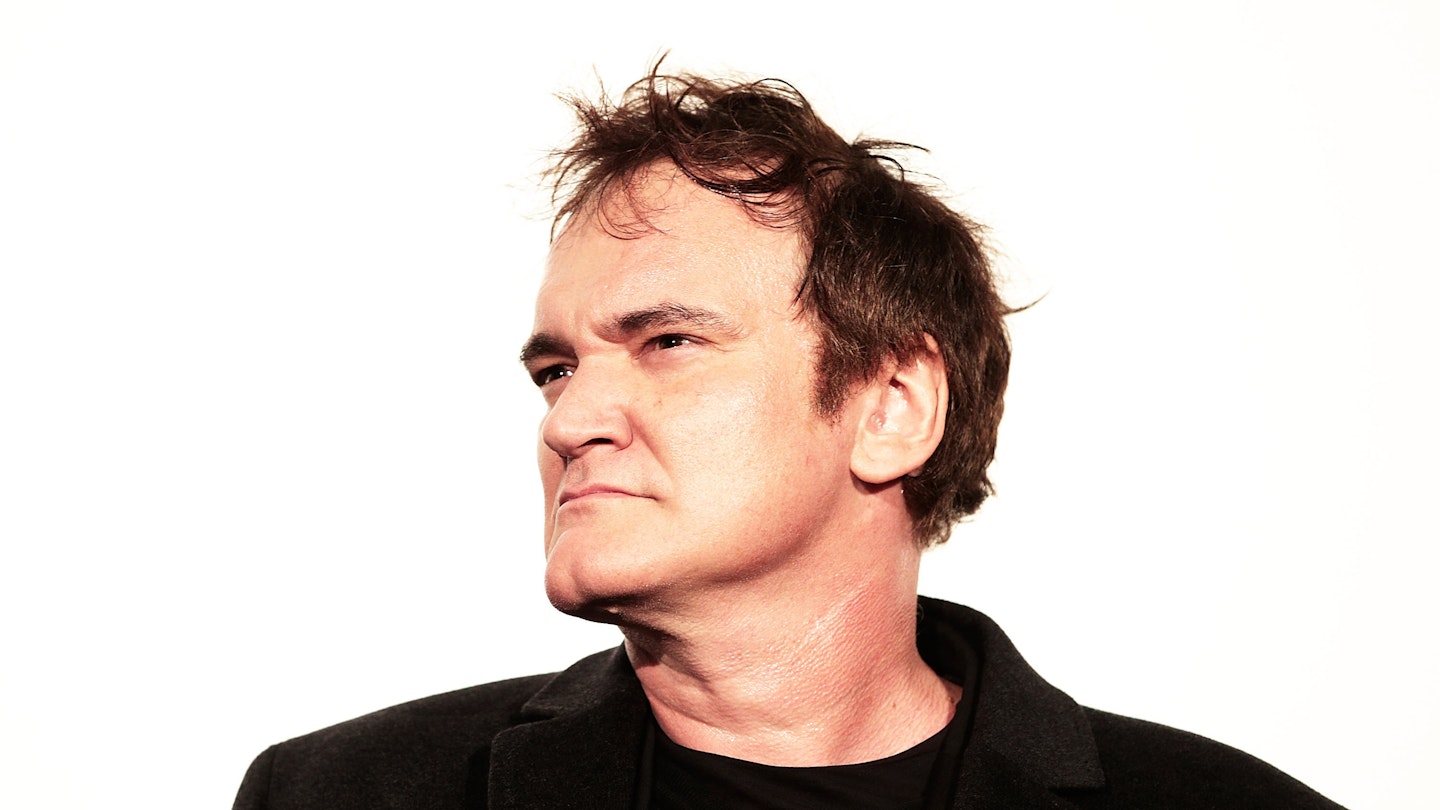Thursday, June 26, 2025
Saturday, June 14, 2025
Tesla's Attempted Reinvention: Has The Train Left The Station?
Tesla is undergoing a fundamental transformation—from an electric vehicle manufacturer to a robotics and AI company. CEO Elon Musk is increasingly positioning Tesla as a leader in autonomous driving technology, driven by the belief that a fleet-wide neural network can enable fully driverless cars. Tesla aims to launch up to one million robotaxis by the end of 2026 and recently began limited public testing in Austin, Texas (wsj.com, wsj.com).
Key highlights:
-
Strategic pivot: Tesla’s future is being anchored in robotics and AI, building on its acclaimed electric vehicle platform .
-
Robotaxi rollout: Musk has tentatively set June 22, 2025, as the start date for a pilot robotaxi service with 10–20 Model Y vehicles—software-upgraded, driverless on public roads in Austin (wsj.com).
-
Camera-based autonomy: In contrast to competitors like Waymo and Cruise that use lidar, Tesla relies solely on cameras and its proprietary AI, processing fleet data via its Dojo supercomputer (wsj.com).
-
Tech and valuation edge: Goldman Sachs praises Tesla’s scalable, cost-effective autonomy setup—claiming robotaxis could run at just $0.40 per mile—though they remain cautious on widespread deployment timelines (investopedia.com).
-
Commercial challenges: Tesla’s EV sales are softening, with lower Q1 2025 revenue and profit. The bold shift toward autonomy is seen as essential—but still fraught with safety, regulatory, and technological risk .
-
Competitive landscape: Tesla faces established players like Waymo, which already operates hundreds of robotaxis with strong safety credentials (nypost.com).
Bottom line: Tesla is doubling down on AI and robotics as its defining identity—transitioning from “electric car maker” to “robotics-first company.” Success hinges on executing a safe, reliable roll-out of driverless fleet vehicles by 2026. While the ambition remains massive, Tesla still needs to overcome significant hurdles in trust, regulation, and tech refinement.
Tesla's Fork in the Road: Visions, Realities, and the Race Tesla Can’t Afford to Lose
Tesla was once the undisputed pioneer of electric vehicles, riding a first-mover advantage that stunned the global auto industry into rethinking its future. But that dominance is being tested on multiple fronts—price, vision, competition, and execution. As Elon Musk increasingly leans into AI and robotics as Tesla’s identity, there’s a growing sense that the detour he took through Washington, D.C., and the FSD moonshot have cost the company something more valuable than capital: time.
Tesla's decision to open-source its early EV patents was seen as an altruistic move. And perhaps it was. But there was also a strategic undertone—create a dependence ecosystem that would eventually pull legacy automakers into Tesla’s Full Self-Driving (FSD) orbit. That bet hasn’t paid off. Other automakers—especially BYD—aren’t just resisting the pull; they’re surging ahead with their own platforms. BYD isn’t waiting in line for Tesla’s elusive autonomy package. In China, regulators even forced a name change: from “Full Self Driving” to the more honest “Advanced Assisted Driving.”
Tesla now faces price pressure that it can't dismiss with software updates or brand prestige. BYD is undercutting Tesla significantly and is only kept at bay in the U.S. due to geopolitical restrictions. That buffer won’t last forever. If Tesla is serious about competing globally, it must either meet the price challenge or offer capabilities that clearly justify the premium.
And that brings us to the bigger vision—robotaxis, humanoids, and Dojo-powered autonomy. These are ambitious and potentially trillion-dollar opportunities. But they are not today’s lifeline. Today’s battle is about affordable, scalable EVs. Humanoids are exciting, but they won’t save Tesla from losing the middle-class market. Most useful robots don’t walk on two legs. They sit in warehouses, factories, or hospitals and perform repetitive tasks with reliability—not flair. The edge Tesla seeks here will be hard-fought against Chinese manufacturers who already excel in robotics-driven production and supply chain dominance.
The missing piece is a credible, phased roadmap to FSD. Not just a vision. Not “two years away” forever. Think electric buses with driverless tech on pre-mapped, camera-assisted fixed routes. Think scalable autonomy where the environment helps the vehicle—not total, raw AI bravado. Tesla can lead here—if it gets practical.
Tesla doesn’t need to skip the car market to evolve. But it does need to stop pretending the old rules don’t apply. Price matters. Product timing matters. Execution matters. And right now, Tesla must win the EV war before it can lead the AI arms race. The vision may still be bold. But it must also be grounded.
The road to the future starts with keeping your wheels on the ground.
Elon Musk's Leadership Mistakes At Tesla
Is Tesla Really a $25 Trillion Company Because of Optimus? A Deep Dive into Elon's Claim
Figure vs. Tesla: Who Is Ahead in Robotics and Humanoids?
Why Can't Tesla Match BYD Inside China On Prices?
Waymo, Tesla Robotaxi, Cost Per Mile, And Public Transit
Tesla Self Driving, BYD Assisted Driving
The Tesla Robotaxi Rollout
Self-Driving Showdown: Tesla vs BYD vs Waymo — Who’s Winning the Autonomy Race?
Just Like BYD Beat Tesla in EVs, Chinese Companies Are Poised to Win the Robot Race
Tesla's Chances Of Licensing Its Full Self-Driving Software
Why Has Tesla’s Full Self-Driving Had So Many False Starts?
What If the U.S. Let BYD In? Free Trade Meets the EV Disruptor
Why Tesla's Only Path to Survival Runs Through India
BYD, Tesla, And Self-Driving
Tesla: From EVs to AI-Powered Robotics
Deported (novel)
Empty Country (novel)
Trump’s Default: The Mist Of Empire (novel)
The 20% Growth Revolution: Nepal’s Path to Prosperity Through Kalkiism
Rethinking Trade: A Blueprint for a Just and Thriving Global Economy
The $500 Billion Pivot: How the India-US Alliance Can Reshape Global Trade
Trump’s Trade War
Peace For Taiwan Is Possible
Formula For Peace In Ukraine
The Last Age of War, The First Age of Peace: Lord Kalki, Prophecies, and the Path to Global Redemption
AOC 2028: : The Future of American Progressivism
Liquid Computing: The Future of Human-Tech Symbiosis
Velocity Money: Crypto, Karma, and the End of Traditional Economics
The Next Decade of Biotech: Convergence, Innovation, and Transformation
Beyond Motion: How Robots Will Redefine The Art Of Movement
ChatGPT For Business: A Workbook
Becoming an AI-First Organization
Quantum Computing: Applications And Implications
Challenges In AI Safety
AI-Era Social Network: Reimagined for Truth, Trust & Transformation
.@chamath: “I saw @elonmusk on Tuesday, and got to spend a couple hours with him at Tesla … He attracts these incredible men & women to work for him. They are inspiring. Sitting in a meeting and hearing what they're doing was amazing … I would not be sleeping on this company.” pic.twitter.com/TEHcB0RqV0
— Chief Nerd (@TheChiefNerd) June 14, 2025
“I think Elon Musk actually might be a superhero. Almost every business he starts, everyone condemns it to immediate failure. Everyone thinks it's destined to fail. It cannot be achieved. It's always done on a massive grandiose scale with a massive grandiose plan” pic.twitter.com/fNxaAllWkh
— Tesla Owners Silicon Valley (@teslaownersSV) June 13, 2025
Elon Musk in 2018:
— ELON CLIPS (@ElonClipsX) June 11, 2025
“If somebody makes a better electric car than Tesla, so much better than ours that we can't sell our cars, and we go bankrupt, it's still a good thing for the world.” pic.twitter.com/89mU6bGc05
Elon Musk explains why he slept on the Tesla factory floor for 3 years
— Startup Archive (@StartupArchive_) March 25, 2025
“I was living in the factory in Fremont and the one in Nevada for three years straight. That was my primary residence. I’m not kidding. Literally. I slept on a couch, and at one point a tent on the roof, but… pic.twitter.com/hnktqtYCw5
🚨 Tesla Thread: The Fork in the Road 🧵 @Tesla @NotATeslaApp @TeslaMotorsClub
— Paramendra Kumar Bhagat (@paramendra) June 14, 2025
Sunday, June 08, 2025
Beyond Full Self-Driving: The Smarter, Faster Path to Safer Transit
Beyond Full Self-Driving: The Smarter, Faster Path to Safer Transit
Introduction
The race to Full Self-Driving (FSD) has become one of the most ambitious and elusive frontiers in AI and mobility. But what if the smartest way forward isn’t to leap into full autonomy—but to augment human drivers in structured systems like buses, trains, and last-mile EVs? Advanced Assisted Driving (AAD), when strategically deployed across electric public transport networks and integrated with unified ticketing, may not only be easier to achieve technically and politically—it could actually move cities toward smarter, safer, and more accessible transportation much faster than waiting for Level 5 autonomy.
The Problem with Full Self Driving (FSD)
FSD aims to eliminate the human from the driving loop entirely. While this is appealing in theory, it faces:
-
Edge-case complexity (weather, pedestrians, unpredictable road behaviors)
-
Regulatory uncertainty
-
Massive data and compute demands
-
Public trust and liability concerns
Most critically, FSD attempts to solve all problems at once—urban, rural, chaotic, structured. This universalism becomes its bottleneck.
AAD: A Smarter Interim Step
Advanced Assisted Driving doesn’t seek to replace the driver—it empowers them. In structured environments like electric buses and trains (which operate on predefined routes), or even electric last-mile cars (in low-speed urban zones), AAD can provide:
-
Collision avoidance
-
Lane discipline
-
Speed and braking automation
-
Fatigue monitoring and alertness support
-
Route guidance and schedule optimization
This “pilot + autopilot” model significantly boosts safety and efficiency—without needing to crack the hardest problems of FSD.
Why Public Transport Is the Ideal Sandbox
Unlike private vehicles, electric buses and trains operate in constrained and predictable environments:
-
Defined stops, lanes, and schedules
-
Centralized control and fleet management
-
Professional drivers trained to collaborate with assistive tech
Integrating AAD here is not only easier to test and scale, it sets a public-sector precedent for AI adoption that benefits society at large.
Electric Last-Mile Cars: The Missing Link
In dense cities, the last mile is often the slowest, least organized leg of a journey. Deploying electric last-mile vehicles (mini shuttles, pods, tuk-tuk-like EVs) with AAD makes urban mobility safer, smoother, and greener.
These vehicles can be:
-
Geo-fenced
-
Low-speed (under 30 km/h)
-
Easily routed via apps
Such constraints reduce the need for complex AI decision-making while still offering immense benefits in traffic management and user convenience.
The Power of One Unified Ticket
The final transformative piece is ticket integration. Imagine going from Point A to B using:
-
A metro or train for your main leg
-
An electric bus to get to your stop
-
A last-mile EV car to your doorstep
All with one app, one ticket, one price.
By linking physical mobility with digital unification, the system becomes:
-
Easier to use
-
Easier to plan
-
Easier to fund
-
Easier to optimize using data
This creates “intelligent intermodality”: where the system, not just the vehicle, is smart.
Why This Is a Better Near-Term Bet
Compared to FSD, this model:
-
Requires less radical regulatory change
-
Delivers real safety benefits now
-
Enables public-private collaboration
-
Creates sustainable urban mobility with net-zero goals
-
Builds public trust in AI transportation systems gradually
In short: AAD for structured electric transport is not just more achievable—it’s more impactful.
Conclusion
The dream of Full Self Driving may still take another decade—or more. But Advanced Assisted Driving for electric public and last-mile vehicles, linked by unified ticketing, is a future we can build today. It’s not only technologically practical but also aligned with urban planning, public safety, climate goals, and the immediate needs of millions.
Rather than chasing a moonshot, this is a skybridge—connecting where we are with where we need to go.
🚍🧠 Why Advanced Assisted Driving (AAD) might beat Full Self-Driving (FSD) to the future of urban mobility. A thread 🧵
— Paramendra Kumar Bhagat (@paramendra) June 8, 2025
— Paramendra Kumar Bhagat (@paramendra) June 8, 2025
Thursday, June 05, 2025
Elon Musk, Donald Trump
The 20% Growth Revolution: Nepal’s Path to Prosperity Through Kalkiism
Rethinking Trade: A Blueprint for a Just and Thriving Global Economy
The $500 Billion Pivot: How the India-US Alliance Can Reshape Global Trade
Trump’s Trade War
Peace For Taiwan Is Possible
Formula For Peace In Ukraine
The Last Age of War, The First Age of Peace: Lord Kalki, Prophecies, and the Path to Global Redemption
AOC 2028: : The Future of American Progressivism
Velocity Money: Crypto, Karma, and the End of Traditional Economics
The Next Decade of Biotech: Convergence, Innovation, and Transformation
Beyond Motion: How Robots Will Redefine The Art Of Movement
ChatGPT For Business: A Workbook
Becoming an AI-First Organization
Quantum Computing: Applications And Implications
Challenges In AI Safety
AI-Era Social Network: Reimagined for Truth, Trust & Transformation
Remote Work Productivity Hacks
How to Make Money with AI Tools
AI for Beginners
Velocity Money: Crypto, Karma, and the End of Traditional Economics
The Next Decade of Biotech: Convergence, Innovation, and Transformation
Beyond Motion: How Robots Will Redefine The Art Of Movement
ChatGPT For Business: A Workbook
Becoming an AI-First Organization
Quantum Computing: Applications And Implications
Challenges In AI Safety
AI-Era Social Network: Reimagined for Truth, Trust & Transformation
Remote Work Productivity Hacks
How to Make Money with AI Tools
AI for Beginners
The 20% Growth Revolution: Nepal’s Path to Prosperity Through Kalkiism
Rethinking Trade: A Blueprint for a Just and Thriving Global Economy
The $500 Billion Pivot: How the India-US Alliance Can Reshape Global Trade
Trump’s Trade War
Peace For Taiwan Is Possible
Formula For Peace In Ukraine
The Last Age of War, The First Age of Peace: Lord Kalki, Prophecies, and the Path to Global Redemption
AOC 2028: : The Future of American Progressivism
The 20% Growth Revolution: Nepal’s Path to Prosperity Through Kalkiism
Rethinking Trade: A Blueprint for a Just and Thriving Global Economy
The $500 Billion Pivot: How the India-US Alliance Can Reshape Global Trade
Trump’s Trade War
Peace For Taiwan Is Possible
Formula For Peace In Ukraine
The Last Age of War, The First Age of Peace: Lord Kalki, Prophecies, and the Path to Global Redemption
AOC 2028: : The Future of American Progressivism
Wednesday, June 04, 2025
Elon Musk and Quentin Tarantino: Masters of Pulp Fiction and Pop Culture
Below is a detailed blog post that analyzes and draws parallels between Elon Musk and Quentin Tarantino, the director of Pulp Fiction, focusing on their shared tendency to engage with pulp fiction and pop culture references. There have been included numerous examples to illustrate the comparison and explored their approaches, styles, and impacts.
Tarantino’s genius lies in how he remixes pop culture. In Pulp Fiction, Vincent and Mia (Uma Thurman) dance the twist at Jack Rabbit Slim’s, a retro diner stuffed with nods to Marilyn Monroe, Buddy Holly, and The Flintstones. Kill Bill borrows from 1970s martial arts films like The Five Fingers of Death, with Uma Thurman’s yellow tracksuit echoing Bruce Lee’s in Game of Death. Inglourious Basterds riffs on WWII propaganda films and spaghetti westerns, while Once Upon a Time in Hollywood recreates 1960s TV ads and Manson-era lore. His dialogue—Jules quoting a fabricated Ezekiel 25:17—blends biblical gravitas with comic-book flair, a hallmark of his pop culture obsession.
Elon Musk, too, is a pop culture aficionado, using references to make his ambitious ideas accessible. He’s tweeted about loving The Hitchhiker’s Guide to the Galaxy, even naming a SpaceX drone ship “Of Course I Still Love You” after a sentient spaceship from the book. The Tesla Cybertruck’s unveil, with its shattered windows and Blade Runner-esque design, felt like a scene from a dystopian sci-fi flick. Musk dubbed the Tesla Model S “Plaid” after Spaceballs, a 1987 parody where “Ludicrous Speed” wasn’t fast enough—mirroring Tesla’s own “Ludicrous Mode.” He’s referenced Iron Man (inspiring the real-life Tony Stark vibe with his AI and exosuit ideas), Star Wars (calling SpaceX’s Starship a “dream” like the Millennium Falcon), and even Rick and Morty, joking about “interdimensional” travel. His Boring Company sold a “Not-a-Flamethrower,” a cheeky nod to zombie and action movies, selling 20,000 units to fans. Musk’s X posts often lean into memes, like sharing a Distracted Boyfriend image to tout Tesla over rivals or invoking The Matrix to discuss AI and Neuralink.
- Tarantino’s Pulp & Pop Hits
- Pulp Fiction (1994): A crime saga with a glowing briefcase (pulp mystery!) and nods to Mad Magazine, 1950s jukeboxes, and Shaft.
- Kill Bill: Volume 1 & 2 (2003-2004): The Bride’s revenge channels samurai films, anime (think Lady Snowblood), and comic-book vengeance.
- Death Proof (2007): A grindhouse throwback with a killer car chase, riffing on Vanishing Point and 1970s exploitation flicks.
- Once Upon a Time in Hollywood (2019): References The Great Escape, 1960s TV westerns, and pop ads, all in a pulpy alternate history.
- Musk’s Pulp & Pop Moments
- SpaceX Starship: Its sleek, retro-futuristic look recalls Buck Rogers and pulp sci-fi covers, aiming for Mars like a 1930s serial.
- Tesla Roadster in Space (2018): Launched via Falcon Heavy, with “Starman” in a spacesuit and Bowie’s “Space Oddity”—pure pulp spectacle.
- Neuralink: Brain-machine interfaces echo The Matrix and cyberpunk pulps, promising a sci-fi future.
- X Posts: Musk references Star Trek (“Make it so” for SpaceX), Dune (tweeting about “spice” and energy), and memes like Doge to hype Dogecoin.




.jpg/1200px-Tesla-optimus-bot-gen-2-scaled_(cropped).jpg)




